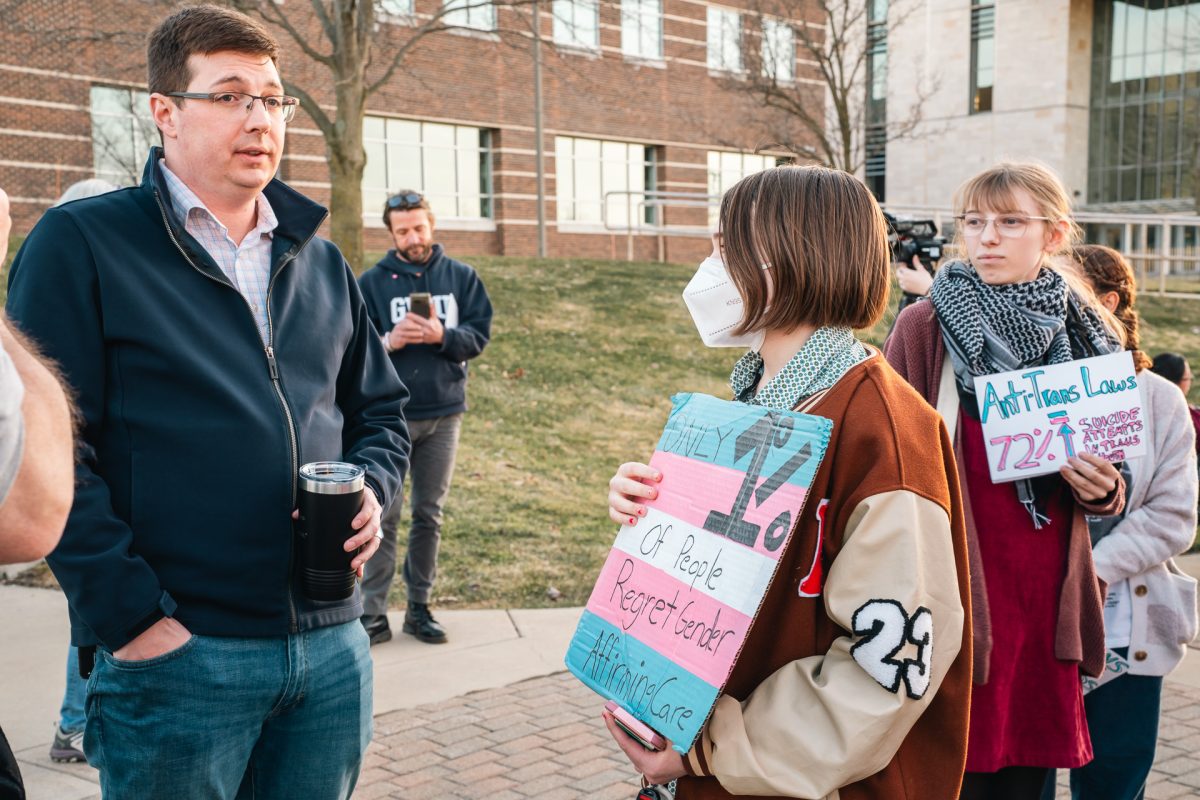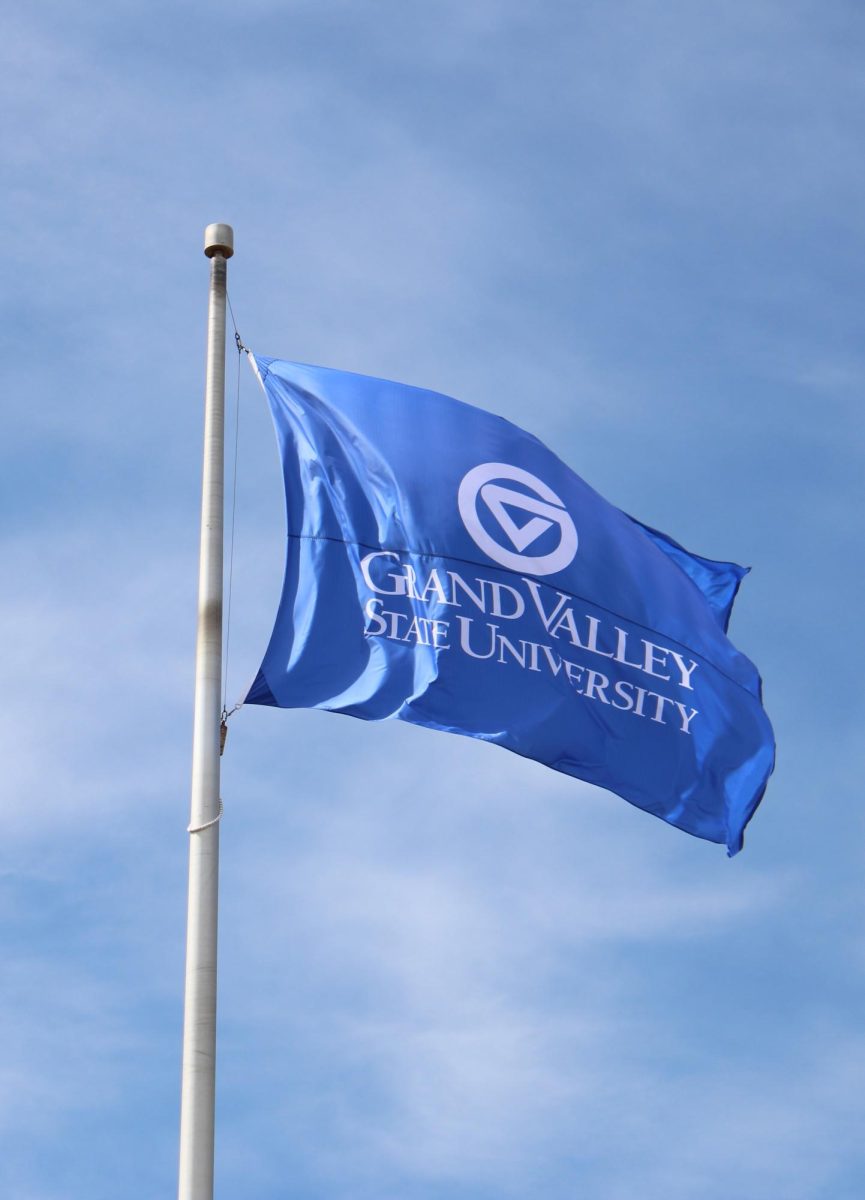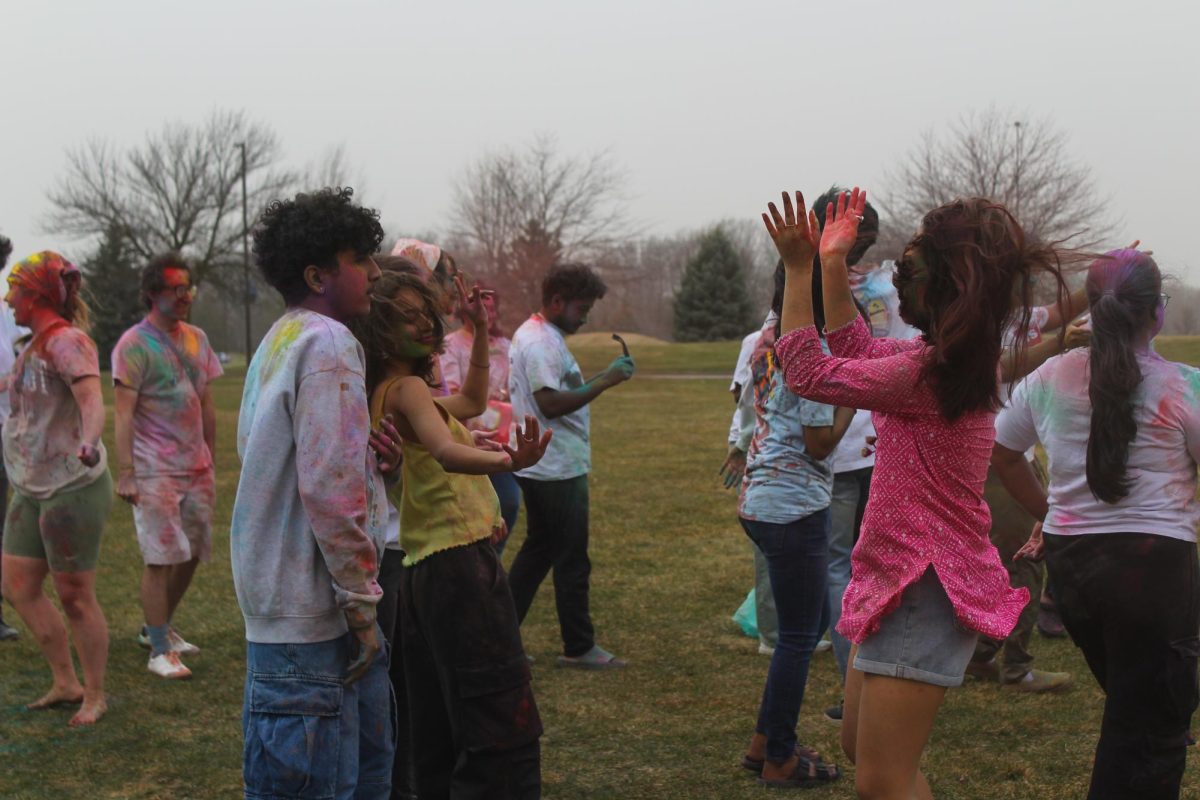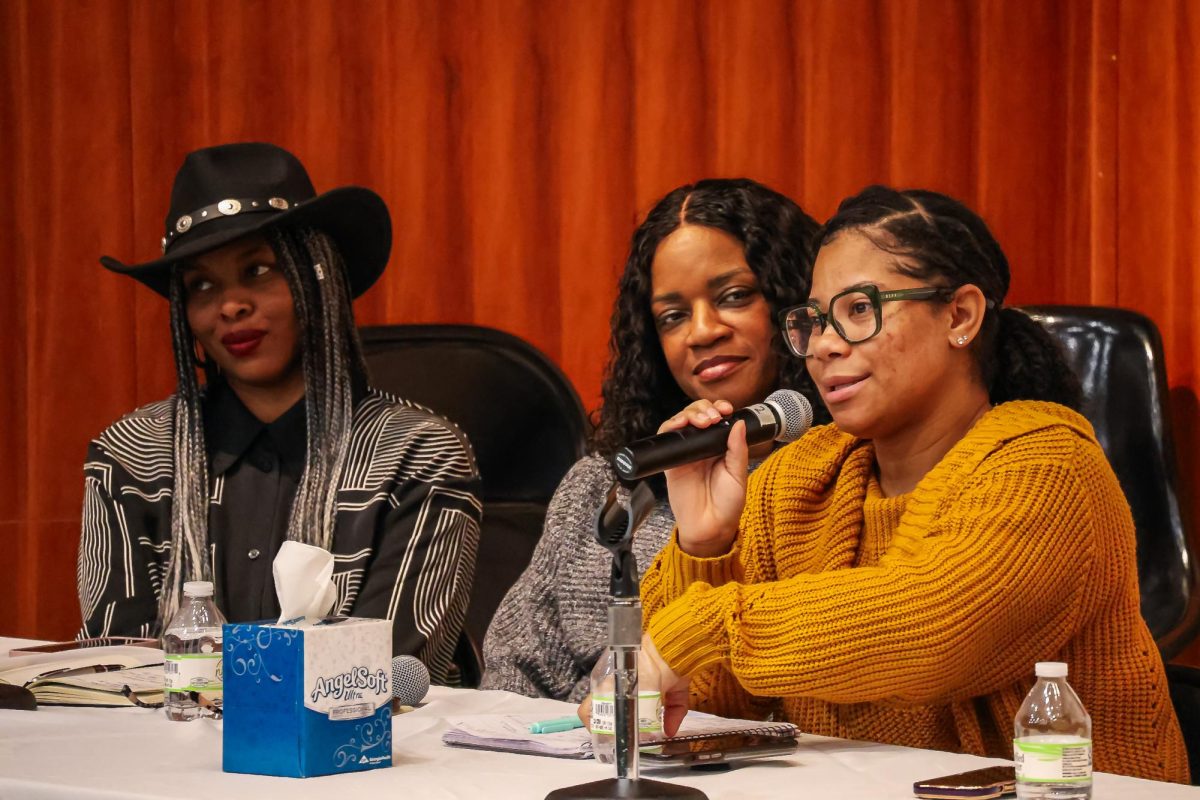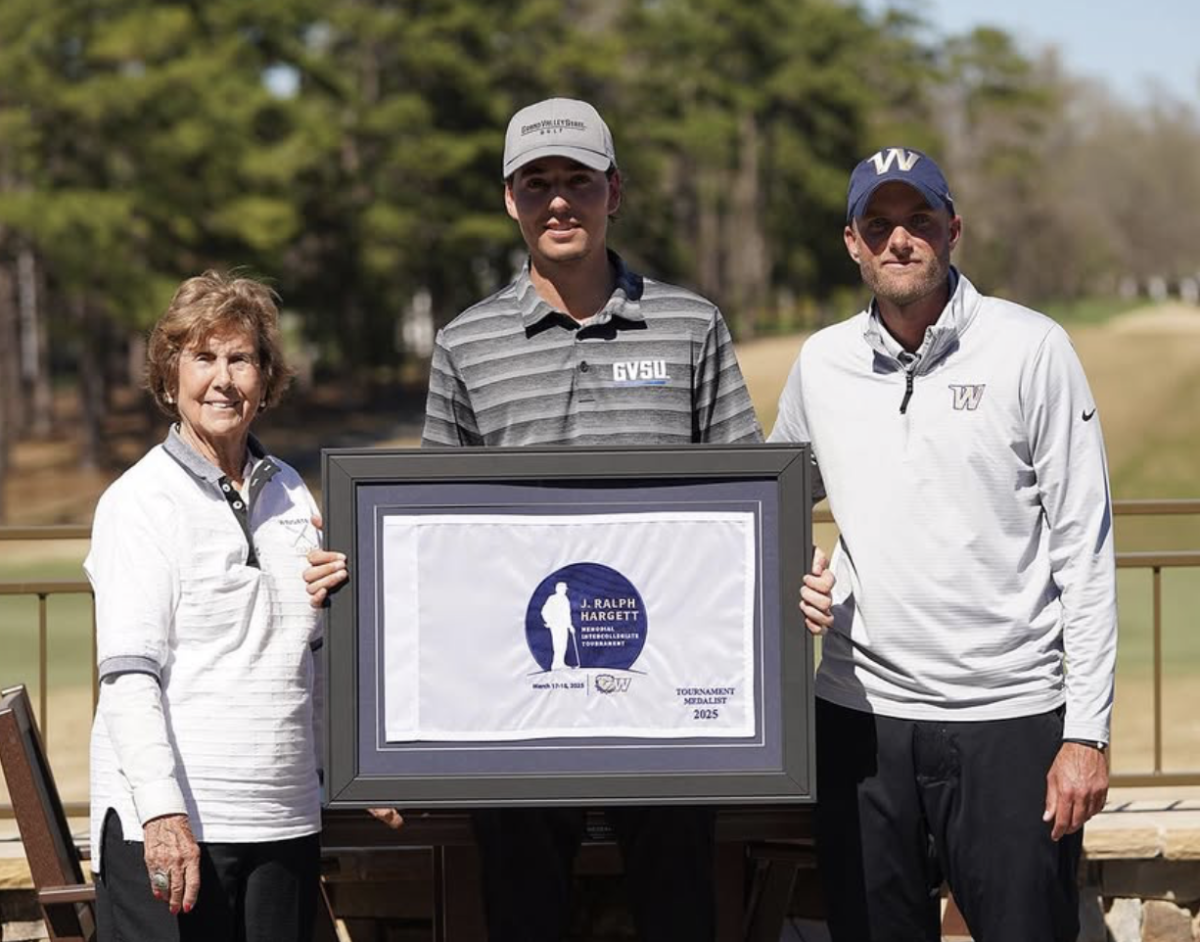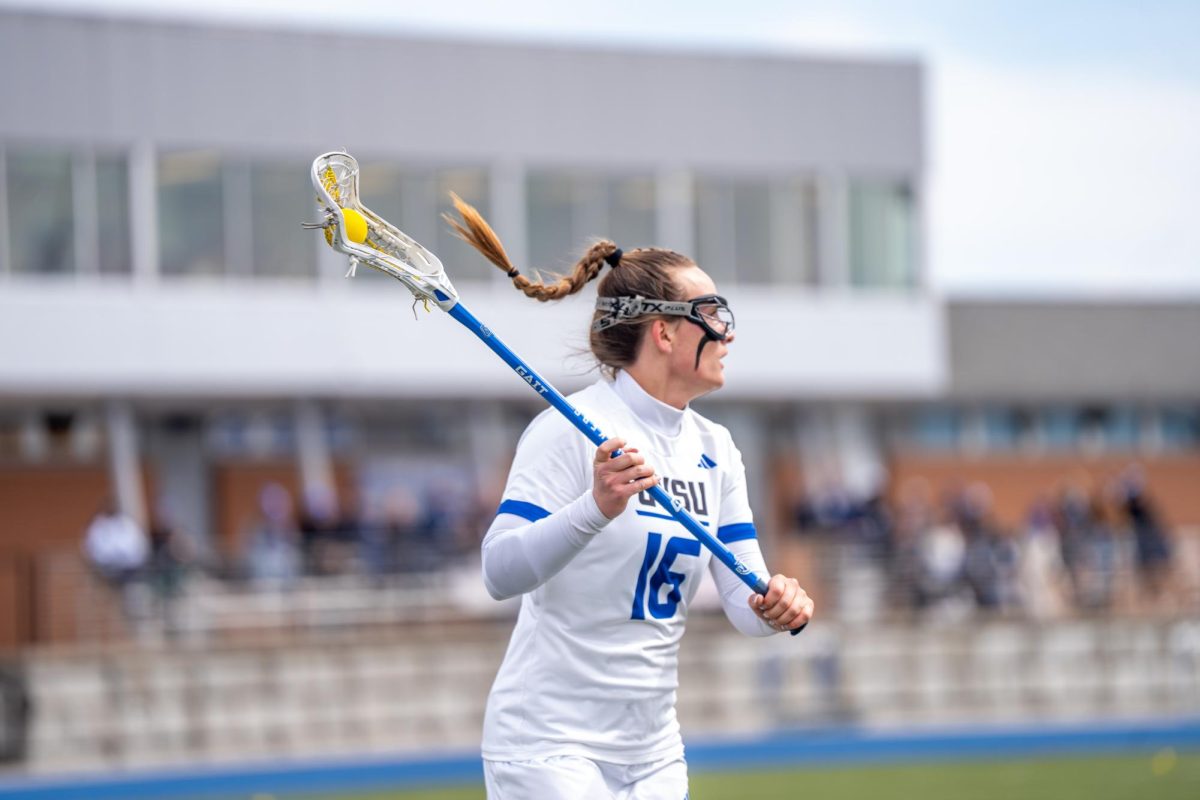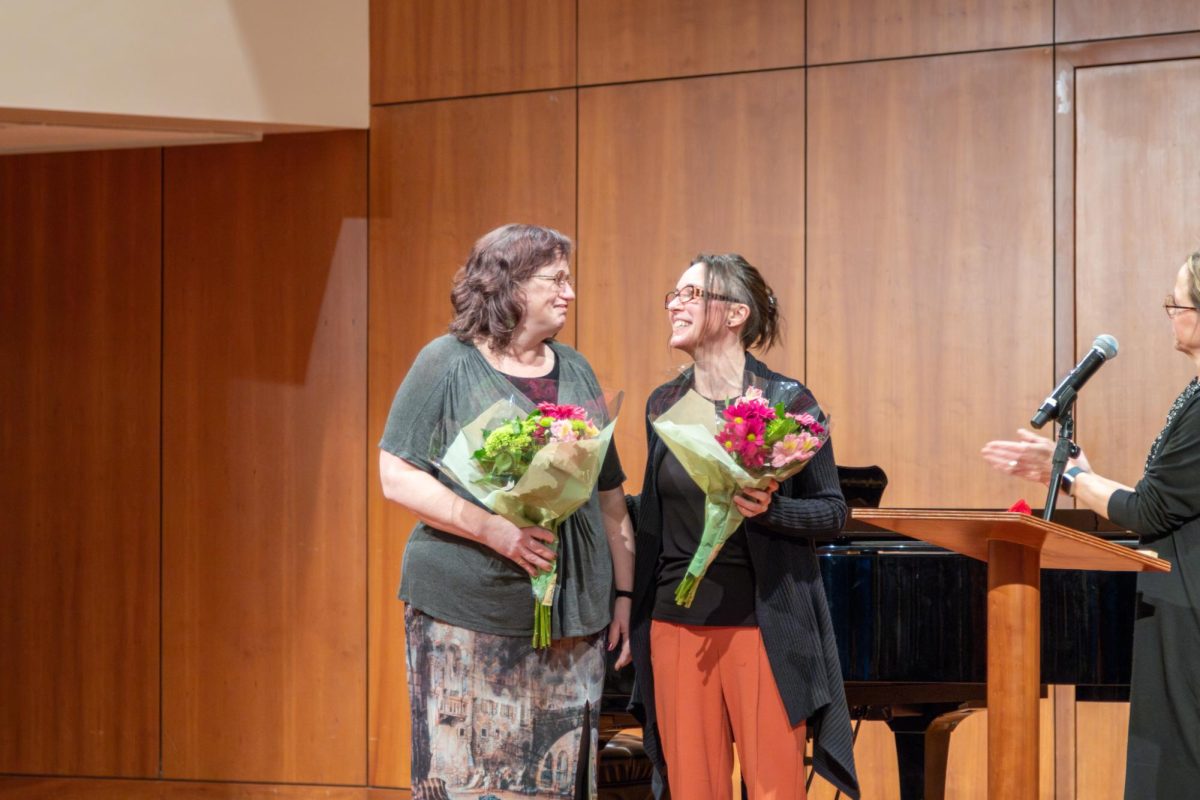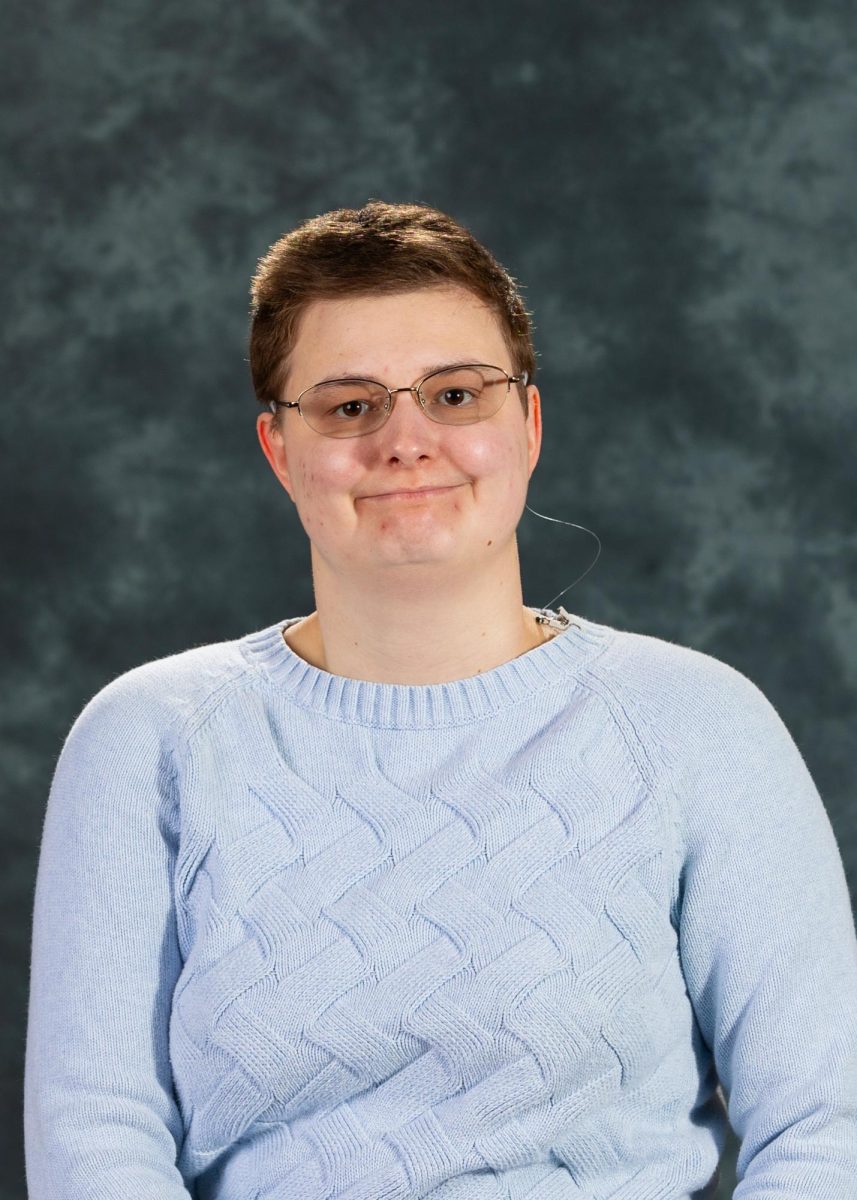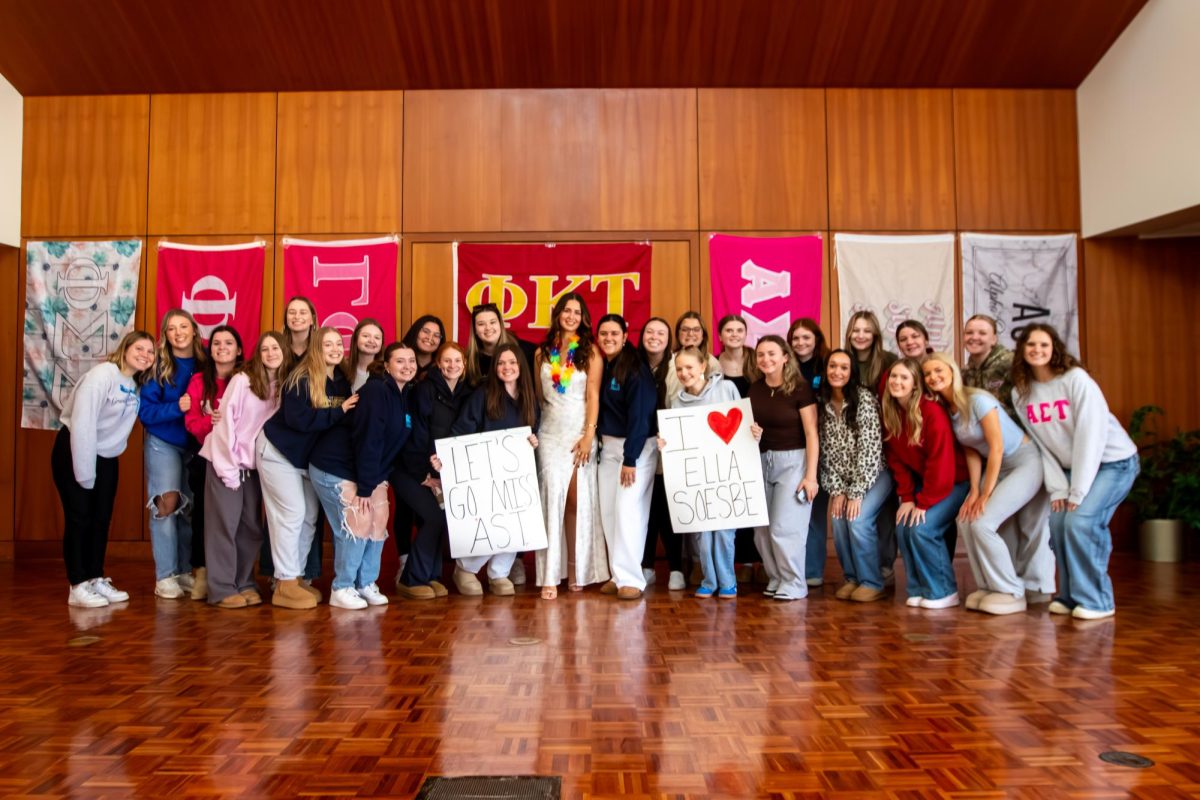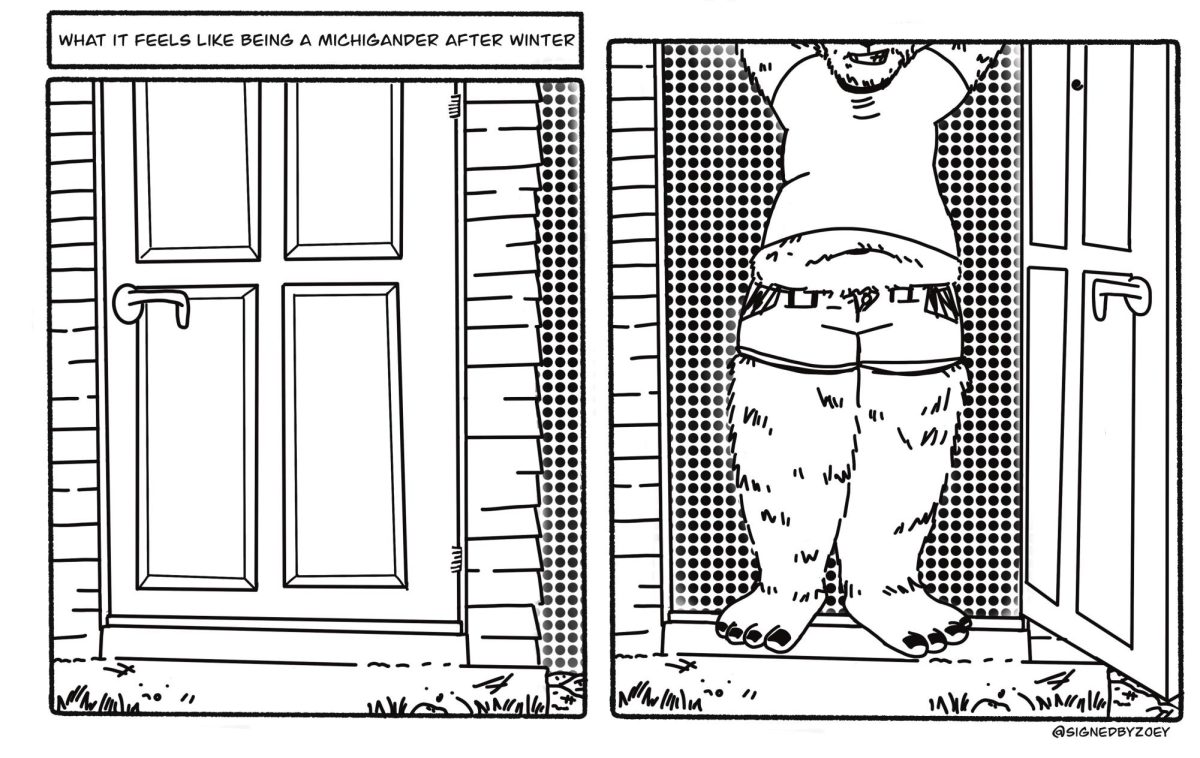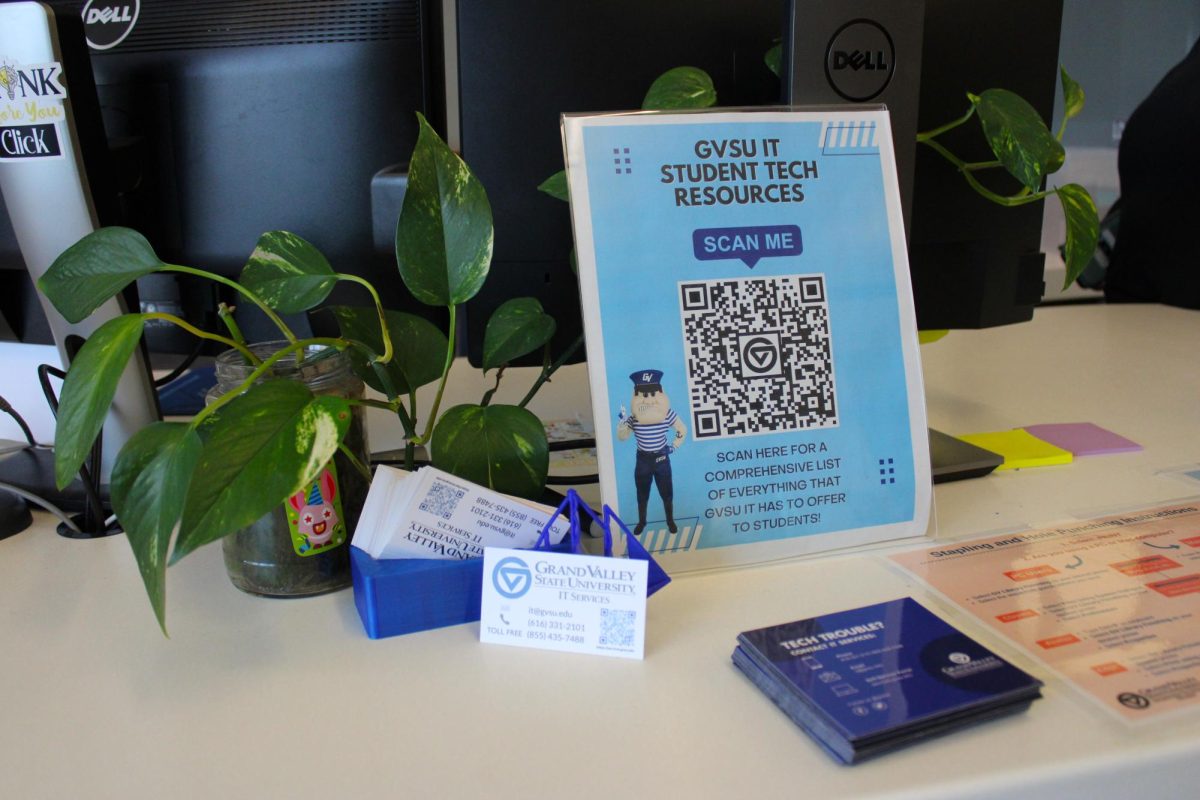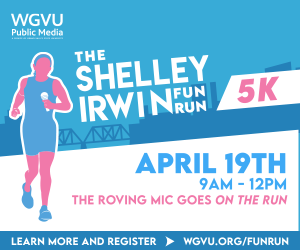GV’s fall plan wishful thinking as other colleges face COVID-19 clusters

Aug 31, 2020
The announcement by Grand Valley State University administrators that campus will remain open during the fall semester seems like the project of magical thinking. Has the University somehow uncovered the secret to gathering 24,000 students on campus without spreading a disease to which there is no vaccine? While many other universities have tried and failed to perform this miracle, GVSU seems convinced that it will buck the trend. We are not so sure.
The students who are committed to their education at this point are not gambling on COVID-19 being washed away in a handful of weeks and life returning to normal. They have accepted that life on campus will look very different, but their drive to push through it and further their education is at the forefront of their minds. They are prepared to make sacrifices.
Universities around the country have acknowledged these facts and pulled the plug on in-person education, opting for digital learning until public health is in a better spot. There are a variety of factors that leaders need to weigh, but many schools have agreed that the hardships they will bear by moving classes online is worth keeping students healthy.
The schools that have pushed for an in-person experience have made other sacrifices.
The University of North Carolina nearly filled its COVID-19-positive living centers shortly after reopening, with 135 students testing positive as of Aug. 17. University of Alabama has seen nearly 1,300 cases among its campuses to date, according to their digital COVID-19 Dashboard.
In Michigan, a video on Twitter shows students in Central Michigan University’s COVID-19-positive dorms gathering to leave and party, with little management of confirmed-positive students. Albion College laid out an in-person plan, and classes yet to start, the college’s required contact-tracing app was exposed with having privacy and security flaws.
Understandably, the University also announced it would be using a web-based survey to keep students with symptoms at home. This is coupled with a health-consciousness pledge, which students may sign to promise they will adhere to university, county and state health recommendations. Prior to the student’s return to campus, Mantella sent a letter outlining the university’s expectations from students.
“We know to wash our hands, physically distance and wear masks when indoors or within six feet,” Mantella said. “We must commit to each other that we will follow these simple guidelines to keep each other as safe as possible.”
Good intentions will reinforce good behavior from the students who are already taking their community’s health seriously, but will do little for those dead-set on returning to campus for a traditional social experience. That in mind, we acknowledge that the University has rolled out tools to encourage health consciousness during this critical time.
Mandatory COVID-19 checkups through a University-mandated wellness check will be effective for students who take the time to read through the questions each day. The health pledge calls out the threats of college social life amid a pandemic.
But even with these tools, it is far too easy for students to scroll down, press submit and forget about their community’s health. These suggested tools will encourage the conscious students to stay vigilant, but the blunt reality is that they will go ignored by the other portion of the student body, which puts all students on campus at risk.
Student responsibility is at the core of virus management, but the in-person experience enables the rule-breakers to jeopardize their peers. We encourage students to take the health of the community into their own hands, but acknowledge that the same message has been said at other universities where virus clusters have still popped up.
In other changes, the university claimed in the announcement that all classes will be transitioned to an online format following Thanksgiving to make sure those of us who traveled home and may carry COVID-19 would not return to campus. The decision also means finals will be online as well.
The decision to suspend classes after Thanksgiving is the right move. Travel during this time is high, and with students moving around the country, the risk of spreading the virus is high. The acknowledgement of this by GVSU’s decision — alongside the same decision from several other schools — shows signs of caution and consideration to mitigate clusters of contamination.
However, the fear of travel and spread is just as present in students moving back to campus after summers full of work and socializing. Student responsibility is crucial to managing viral spread at the university, but the task of limiting Welcome Week festivities after many students have been cooped up all summer away from friends is very ambitious. As the students who have seen these parties and gatherings firsthand during a normal year, there will be people who shake off university recommendations and put the community at risk as classes start.
Looking directly at the decision-making process, Provost and Executive Vice President for Academic and Student Affairs Maria Cimitile said the call to make the changes outlined in the announcement was made by consulting administrators (with guidance from the Virus Action Team) and Faculty Senate.
Unfortunately, Student Senate was not mentioned, and that is because they were not consulted, according to student body president Eric-John Szczepaniak.
According to Dr. Ranelle Brew, Chair of the Department of Public Health, the four rounds of Campus Wellness Surveys on COVID-19 — surveys directly sent to students to gather community perspectives using a holistic approach — have not been synthesized yet, and the Department of Public Health “has not been asked to be a part of any decision making at the university to date.” This data considers student mental and physical health, not just desires to return to normalcy.
However, Cimitile said leadership has been following student and faculty pulse surveys for feedback. In those surveys from Aug. 17-23, Vice President for Inclusion and Equity Jesse Bernal said 15% of students indicated that they wanted a fully in-person experience, 60% wanted a combination of in-person and hybrid or online courses, and 25% wanted a fully online experience. Bernal noted that over 50% of students have answered at least one pulse survey since July 6.
We admire the efforts made by university leaders in sensing student interests through these surveys. We implore leadership to consider more than just a drive to return to normalcy, but speak with student leaders and consider wellness-driven perspectives when possible. These conversations are complex and rapidly changing with news from open universities, so continuing to amplify these voices will be key moving forward.
But considering the many aspects of education now, the grim reality is that the universities that have insisted on pushing forward despite a once-in-a-century pandemic have all failed. The ones who have succeeded thus far have empty campuses. One student infection – or even a student death – is too many, and the call to preserve an on-campus presence does not support that message.





